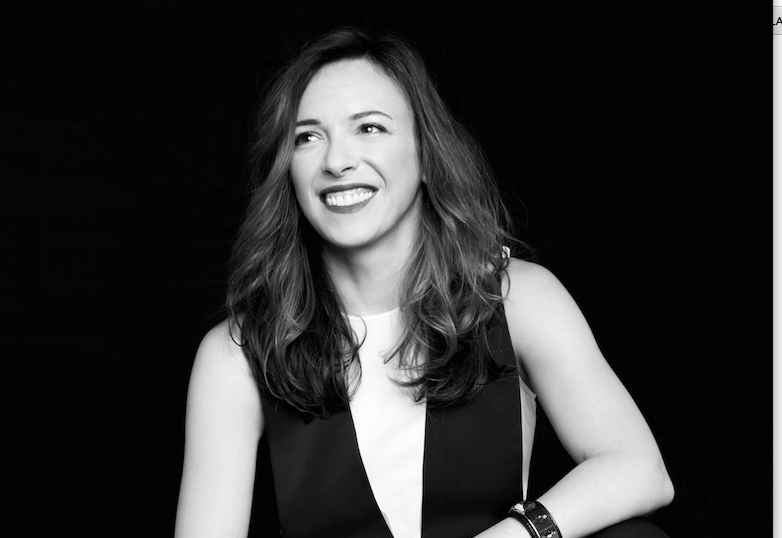Jessica Jackley didn’t set out to be an entrepreneur. She set out to help people. As a child, she saved all her penniesto send to hungry kids in Africa; in high schoolshe took service trips to Haiti; and while holding down a full-time job at Stanford University,she volunteered and lived in a home for teenage moms. But it wasn’t until she heard a lecture by microfinance guru Dr. Muhammad Yunus that she found her calling. “At the time I didn’t even know it was happening,” says Jackley, who started Kiva, a site that matches lenders with entrepreneurs in poor or rural areas, with her husband in 2005. “It didn’t feel like, ‘Oh look, here I go becoming an entrepreneur.’ It just felt like I was tackling a specific problem, or trying to address a very specific thing in the world that I wanted to change.” Now, Kiva is the largest person-to-person microlending website in the world, lending some $720 million in 10 years. And Jackley has learned a lot from the hundreds of entrepreneurs whose businesses — from dressmaking to farming to building to brickmaking— she’s helped fund. In her new book, “ Clay Water Brick: Finding Inspiration From Entrepreneurs Who Do the Most With the Least,” she shares their inspiring stories, and gives some advice herself. “I don’t think everyone needs to be an entrepreneur,” she tells Metro. “But I do think that everyone can approach life more entrepreneurially.” Here’s how.
See opportunity, and seize it
“Entrepreneurs do lots of things well, but two pieces are at the heart,” says Jackley. “One is seeing opportunity. The next is being able to seize those opportunities and taking advantage of them, creating value in the world out of that opportunity.” Take her friend Patrick, who discoveredhow to make stronger clay bricks using the mud outside his house in Uganda, or Katherine, who figured that the people in her village needed access to fish more than oil and other more readily available foods. “Seeing and seizing opportunityallow you to see the world through a more positive, solution-finding lens,” she says. Don’t overthink things
There’s nothing preventing you from pursuing your goal, says Jackley, whether that’s starting a business, writing a book or designing a new app. “We’re a really introspective culture, which is a good thing, but what really struck me about the entrepreneurs I met is that they were just rolling up their sleeves and getting things done,” she says. “My favorite definition of entrepreneurship is from Howard Stevenson: he says entrepreneurship is the pursuit of an opportunity without regard to resources you already have. That’s what I saw again and again in East Africa, and later all over the world. They didn’t wait to have the resources to launch something — they went ahead and did it themselves.” Dream as big as possible
Most of us scale down our goals, managing expectations so we aren’t disappointed. Yet, says Jackley, entrepreneurs aren’t afraid to go big, even if it results in failure. “It’s easy to have daydreams and think, ‘Maybe this will happen one day,’” says Jackley. “But there is so much that’s possible — so much to do in the world. I really didn’t know how big one individual’s actions could be until Kiva surpassed my wildest dreams. Now, I’m getting really serious about dreaming big.” Celebrate the launch of “Clay Water Brick” with Jackley in New York City Tuesday, June 23, at 6pm at the Corner Bookstore (1313 Madison Avenue, at 93rd Street). Details here.
How to think like an entrepreneur

provided


















